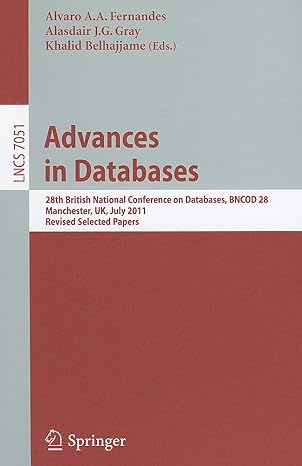| | c. In a sequence structure, one step follows another unconditionally. | 2. Identify the false statement. | | a. In a Java if statement, a semicolon follows the Boolean expression. | | | | | b. In a Java if statement, the keyword if is followed by a Boolean expression within parentheses. | | | | | c. When determining equivalency in Java, you use a double equal sign. | 3. Identify the false statement. | | a. Indentation can be used to cause statements following an if statement to depend on the evaluation of the Boolean expression. | | | | | b. To execute more than one statement that depends on the evaluation of a Boolean expression, you use a pair of curly braces to place the dependent statements within a block. | | | | | c. When you declare a variable within a block, it is local to that block. | 4. Identify the false statement. | | a. A complete nested ifelse structure always fits entirely within either the if portion or the else portion of its outer ifelse statement. | | | | | b. When one if statement follows another, the first else clause encountered is paired with the first if that occurred before it. | | | | | c. Statements in which an if structure is contained inside another if structure commonly are called nested if statements. | 5. Identify the false statement. | | a. When you use the && and || operators, you must include a complete Boolean expression on each side. | | | | | b. The AND operator is written as two ampersands ( && ), and the OR operator is written as two pipes ( || ). | | | | | c. When you use an && or || operator, each Boolean expression that surrounds the operator is always tested in order from left to right. | 6. Identify the false statement. | | a. When you must make a series of decisions in a program, it is most efficient to first ask the question that is most likely to be true. | | | | | b. A range check is a series of statements that determine within which of a set of ranges a value falls. | | | | | c. The statement if(payRate < 6.00 && payRate > 50.00) can be used to select payRate values that are higher or lower than the specified limits. | 7. Identify the false statement. | | a. A break statement bypasses the rest of its switch structure, and execution continues with any statement after the closing curly brace of the switch structure. | | | | | b. When you must make more decisions than Java can support, you use a switch statement instead of nested ifelse statements. | | | | | c. The switch statement is useful when you need to test a single variable against a series of exact integer or character values. | 8. Identify the false statement. | | a. The conditional operator is used as an abbreviated version of the ifelse structure and requires two expressions separated with an exclamation point. | | | | | b. The NOT operator is written as the exclamation point ( ! ). | | | | | c. The value of any false expression becomes true when preceded by the NOT operator. | 9. Identify the false statement. | | a. Assume p, q, and r are all Boolean variables that have been assigned the value true. After the following statement executes, the value of p is still true. p = !(!q && !r); | | | | | b. Assume p, q, and r are all Boolean variables that have been assigned the value true. After the following statement executes, the value of p is still true. p = !(q || !r); | | | | | c. Assume p, q, and r are all Boolean variables that have been assigned the value true. After the following statement executes, the value of p is still true. p = !q || r; | | | | | | | | | |






